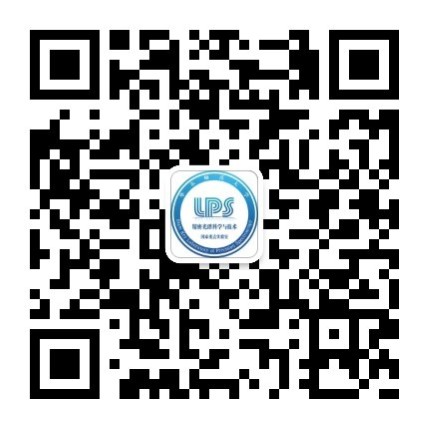报告人:Carla Figueira de Morisson Faria 教授
主持人:倪宏程研究员
时 间:9月23日17:00至19:00
地 点:闵行校区光学大楼B325+Zoom会议(https://nyu.zoom.us/j/93103961432)
报告人简介:
Professor Carla Figueira de Morisson Faria was born in Belem (Amazaon delta). She completed her MSci in Physics at the University of Sao Paulo, Brazil, in 1994, and earned her PhD in 1999 at the Max Born Institute, Berlin/Technical University of Berlin, Germany, on strong-field and attosecond physics. Subsequently, she was a postdoctoral researcher at the Max Planck Institute for Physics of Complex Systems, Dresden (1999-2001), the MBI-Berlin (2002-2003), the Technical University Vienna (2002) and the University of Hanover (2003-2004). In 2005, she moved to the UK as a University Research Fellow at the Department of Mathematics, City University of London, where she became a Lecturer in 2006. Thereafter, in 2007, she took up a lectureship at the Department of Physics and Astronomy, University College London (UCL), where she initiated and leads a research group. Her research students have established careers that draw upon their research skills, either by becoming post-doctoral research associates (PDRAs) in the UK and abroad, or software developers. In total, they have been awarded 20 prizes at local, national and international levels. In 2013, she was promoted to Reader, and in 2018 to Professor of Physics. She authored around 90 publications, and has been the recipient of several awards, such as an Engineering and Physical Sciences Research Council (EPSRC) Advanced Research Fellowship in 2006. Prof. Faria pursues a wide range of research interests, such as high-order harmonic generation and above-threshold ionization in atoms and molecules, correlated multielectron processes in strong fields, attosecond pulses, tailored fields, ultrafast imaging and photoelectron holography. In recent years, she has focused on quantum effects in the attosecond domain, and on novel approaches such as the Coulomb Quantum Orbit Strong-Field Approximation (CQSFA). Beyond strong-field physics, she has also worked on non-Hermitian Hamiltonian systems, and short-pulse propagation.
报告内容简介:
Strong-field and attosecond physics deals with matter in extreme conditions. Not only does this involve fields with typical intensities of 1013W/cm2 or higher, but also some of the shortest time scales in nature: hundreds of attoseconds (10-18s). This is roughly the time it takes for an electron to travel through atomic distances, so that one may resolve and control electron dynamics in real time. In this context, a widely used physical picture for describing strong-field phenomena is an electron undergoing a laser-induced collision with its parent ion. As, quantum mechanically, there is more than one pathway that the electron may follow, the associated transition amplitudes will interfere. Thus, quantum interference may be explored to probe the ultrafast dynamics of matter and it is not clear whether usual decoherence mechanisms will have time to develop. In this talk, I will exemplify this using the theoretical work by my group at UCL mainly on two topics: ultrafast photoelectron holography and below-threshold nonsequential double ionization.
In photoelectron holography, different types of interfering orbits are used as a “probe” and “reference” in order to reconstruct a specific target. Most models interpreting the patterns obtained, however, are oversimplified and neglect the residual potentials. By developing a novel semi-analytic approach that fully accounts for the laser field and of the binding potential, we not only explained in far more detail well-known holographic structures, but also unveiled a myriad of previously overlooked patterns, that only now have been identified experimentally.
Laser-induced nonsequential double ionization (NSDI) is the quintessential example of a correlated strong-field process. For over two decades, it was widely believed that this correlation is essentially classical. We call this assumption into question in the below-threshold regime, in which the returning electron excites a second electron, by showing that quantum interference is more robust than anticipated. We identify two interference types, associated with electron exchange and different excitation channels, and show that it survives focal averaging and integration over several degrees of freedom.

